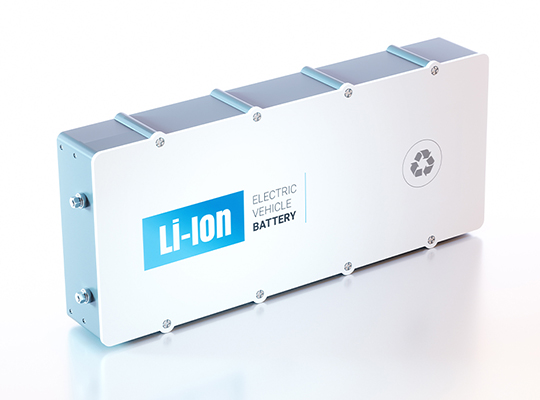PORTLAND – Allied Market Research published a report, titled, “Rechargeable Batteries Market by Battery Type (Lead-Acid Batteries, Li-ion Batteries, NiMH Batteries, NiCd Batteries, and Others), Capacity (150 – 1000 mAh, 1300 – 2700 mAh, 3000 – 4000 mAh, 4000 – 6000 mAh, 6000 – 10000 mAh, and more than 10000 mAh), and Application (Consumer Electronics, Industrial, Automobile, Defense, and Others): Global Opportunity Analysis and Industry Forecast, 2021-2030.” According to the report, the global rechargeable batteries industry was estimated at $90.0 billion in 2020, and is anticipated to hit $150.0 billion by 2030, registering a CAGR of 5.3% from 2021 to 2030.
Drivers, restraints, and opportunities-
Rise in demand for continuous power supply from the mining and oil & gas industries and increasing need for electrification and continuous power supply in developing regions drive the growth of the global rechargeable batteries market. On the other hand, strict regulations pertaining to emission reduction in fossil fuel-powered equipment impede the growth to some extent. However, advent of digital technology solutions is expected to create lucrative opportunities in the industry.
COVID-19 scenario-
- The outbreak of the pandemic gave way to disrupted supply chain, thereby impacting the global rechargeable batteries market negatively.
- However, the global situation is getting ameliorated and the market is projected to recoup soon.
The lead-acid batteries segment to dominate by 2030-
Based on battery type, the lead-acid batteries segment held the major share in 2020, accounting for around three-fifths of the global rechargeable batteries market, owing to the benefit of uninterrupted power supply in automotive, telecommunication, transport vehicles, and electric bikes. At the same time, the Li-ion batteries segment would register the fastest CAGR of 6.1% from 2021 to 2030, due to its growing demand for electric vehicles (EVs). This is attributed to the huge demand for these batteries from the automotive sector.
The consumer electronics segment to maintain the dominant share-
Based on application, the automobile segment contributed to around two-fifths of the global rechargeable batteries market revenue in 2020, and is projected to lead the trail throughout the forecast period. Growing consumption of consumer electronics devices such as LCD displays, smartphones, tablets, and wearable devices such as fitness bands drives the segment growth. However, the consumer electronics segment is projected to grow at the fastest CAGR of 5.9% from 2021 to 2030.
Asia-Pacific, followed by North America, garnered the highest share in 2020-
Based on region, the market across Asia-Pacific contributed to the highest share in 2020, accounting for nearly one-third of the global rechargeable batteries market, and is estimated to continue its dominant share in terms of revenue by 2030. This is because continuous developments in the consumer electronics and automotive verticals have led to a steep increase in the application of rechargeable batteries in the province. Simultaneously, North America is expected to showcase the fastest CAGR of 5.7% during the forecast period. This is due to decreased cost of Li-ion batteries, increased sale of consumer electronics, and rapid adoption of electric vehicles in the region.
Key players in the industry-
- EnerSysl
- Exide Technologies
- Johnson Controls
- East Penn Manufacturing
- LG Chem
- Saft
- Samsung SDI
- Panasonic Corporation
- Apple Inc.
- STMicroelectronics N.V.













